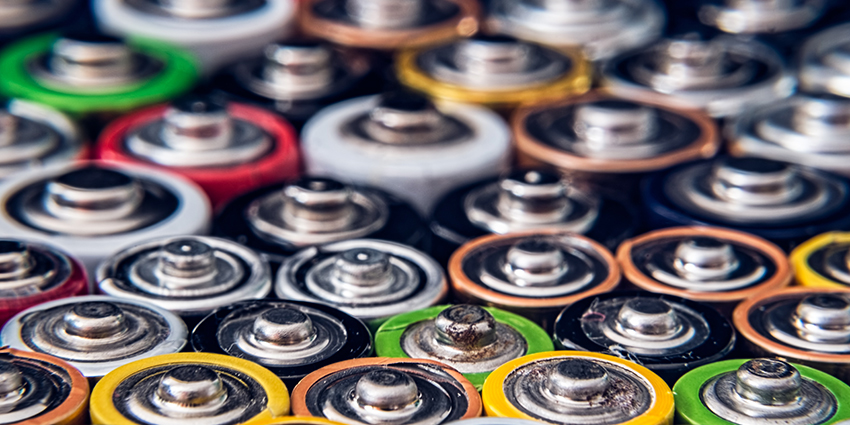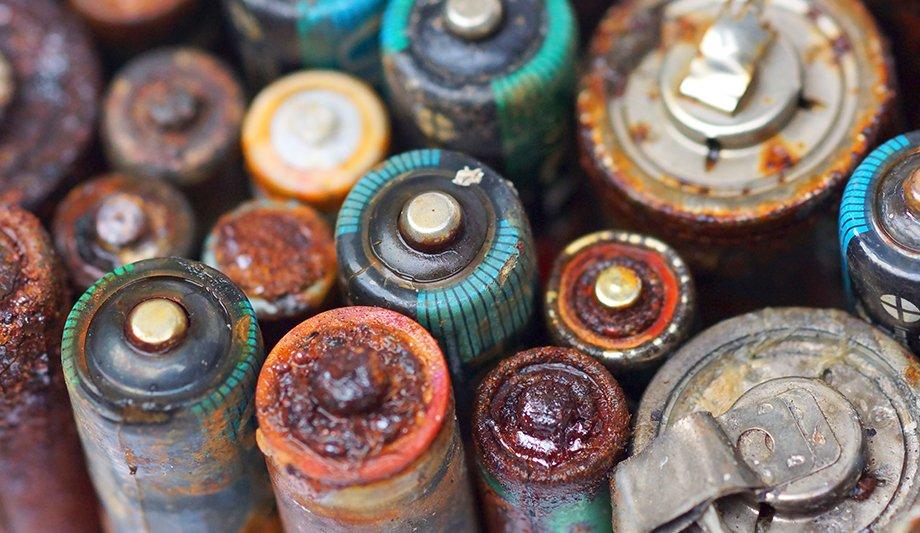The greatest fire risk to waste and recycling businesses is, without doubt, battery waste. You can find batteries everywhere – in children’s toys, mobile phones and other general WEEE (waste electrical and electronic equipment) that gets processed through waste streams, as well as in machinery and vehicles as part of the move towards more sustainable operations. And where there are batteries, there are fire risks.
James Mountain, sales and marketing director, Fire Shield Systems, highlights the many risks that batteries present to waste and recycling companies and reveals how these issues can be overcome.
What are the risks associated with battery waste?
No matter their size, shape or form, the main concern with any battery is thermal runaway. This occurs when a fault in the battery cells (due to damage, overvoltage or mechanical failure) produces excess heat. In turn, this creates more heat which rapidly increases the battery’s temperature. In this state, if the battery isn’t controlled quickly it can self-propagate, creating its own oxygen source to propel the flames. This then spreads between cells, producing large fires, toxic gas emissions and in some cases, explosions.
A battery in this state is extremely difficult to control or extinguish. Normally, after entering thermal runaway, the battery will be self-contained and left to burn out over time. As a result, machinery, equipment or any other valuable assets nearby will most likely be lost and there’ll be a lengthy period of operational downtime.
 |
| The greatest fire risk to waste and recycling businesses is, without doubt, battery waste |
How are the risks arising?
Waste and recycling sites are having to deal with a rising number of batteries in their waste streams due to our rapidly growing consumption of electronics. The risk is everywhere – even different types of metal have electrical components that must be removed first before they can be recycled.
This is quickly becoming a big problem. It has been made evident over recent months, from the multitude of waste and recycling fires starting from batteries, that there’s often insufficient protection in place.
For example, at waste sites that produce sustainable fuels, like RDF (refuse-derived fuel) and SRF (solid recovered fuel), waste streams are screened for batteries before they reach shredding. However, these screenings aren’t always successful. When a battery is missed – which can often occur – it inevitably becomes damaged by the shredder, triggering the first phase of thermal runaway. When the battery then becomes mixed in with the highly combustible RDF and SRF, it creates the perfect conditions for a fire.
Similar problems occur at waste transfer stations. Fires frequently occur on sites that are transferring waste with undetected batteries in it. These batteries are highly susceptible to thermal runaway. They could be hit unknowingly by loading shovels, crushed by heavy machinery or they might become water damaged, for example.
What’s the solution?
The batteries themselves won’t be getting safer any time soon in regard to their manufacture. Industry guidance is in place to help control risks, with specific advice for waste companies. However, there are still no legal requirements regarding the management of battery fire risks for waste and recycling companies.
The Environment Agency (EA) is encouraging sites to assess their individual risks and implement a fire prevention plan (FPP) to minimise them, in an attempt to improve safety standards for waste and recycling businesses.
Prevention and suppression solutions
Ultimately, the goal is to prevent the occurrence of thermal runaway by cooling and controlling potential battery fire risks, in order to minimise the risk to surrounding combustible materials. There are still no legal requirements regarding the management of battery fire risks for waste and recycling companies.
However, waste processing moves rapidly and involves many different processes joined together, including bailing, sorting, conveyors and shredders, which creates many different risks that need to be addressed. This also makes it very challenging to identify battery fire risks with traditional detection systems.
It’s evident after working with many companies in the sector that heat detection systems are best for waste businesses in terms of identifying and suppressing battery fires. Thermal imaging, liner heat detection and infra-red heat detection are systems that can work in combination with the waste processing stream. If these systems identify excess heat on the conveyor belts, they send a signal to shut down the whole process. Then, local applications, like cannons or deluge systems, can be used to suppress the risk, minimising any damage to surrounding assets whilst causing minimal disruption to the waste process.
What will preventing battery fires do?
The threat that batteries pose to waste businesses is real and rising. Preventing that risk with the appropriate fire protection:
- Ensures team safety
- Reduces downtime
- Prevents valuable assets from being lost.
As our electrical consumption increases, so too does the amount of electrical equipment that we dispose of, which means that the fire risk is only going to rise. To learn more, or to book a free site risk assessment, visit Fire Shield Systems or call 0800 975 5767.

